Over the course of Christmas and New Year, we had the honour and welcome of witnessing our good friends get married in the Lake District, and we couldn’t help but visit The Old Man of Coniston while we were there 🙂


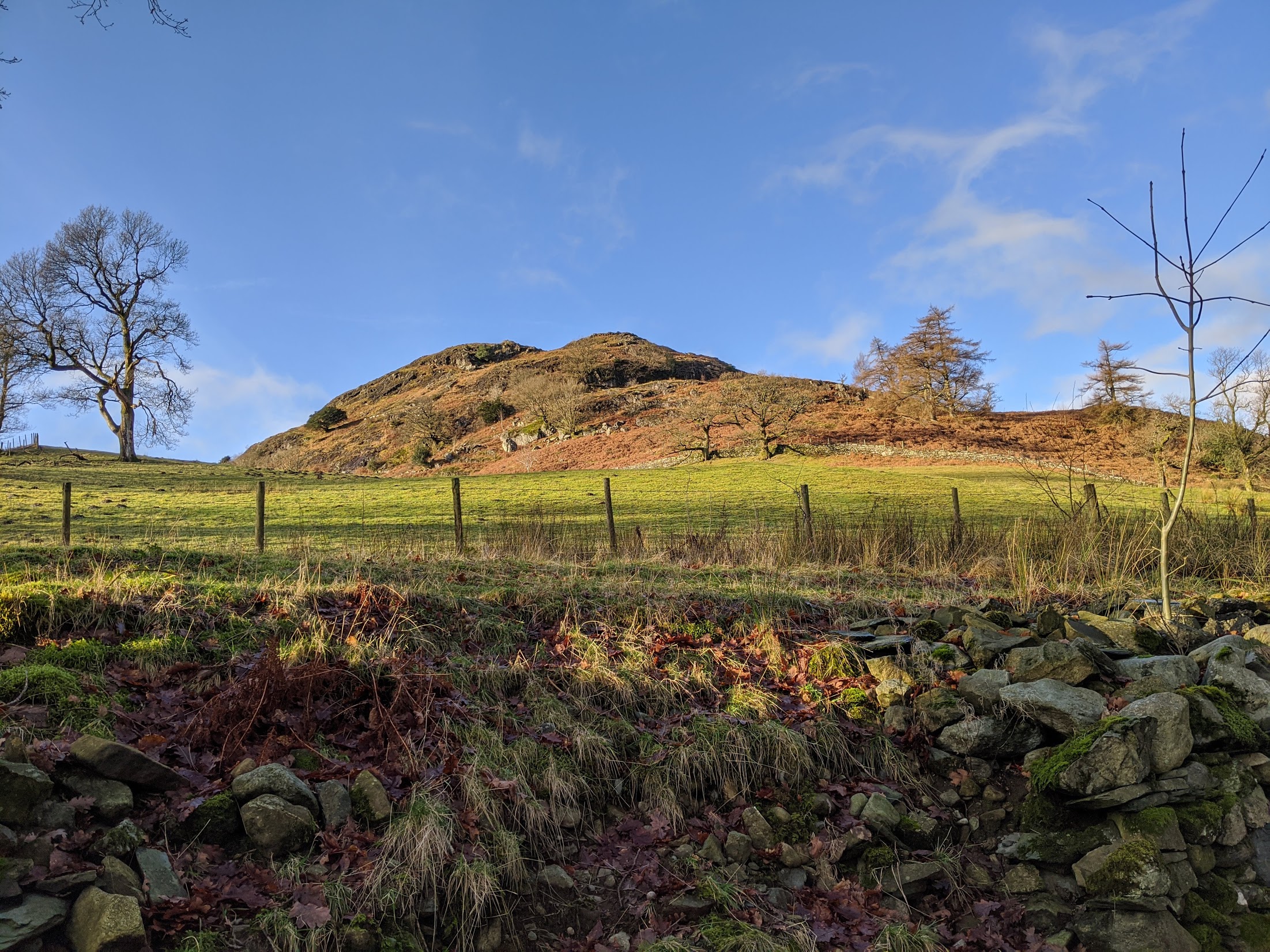

Who, (or what) is the Old Man of Coniston I hear you ask? Well – I shall tell you!
The Old Man is a fell (a high and barren landscape feature) approx. 800m high, south of Coniston, in Lancashire, Cumbria in the Lake District.
Thankfully, there’s no universal definition for a mountain – which means, for the sake of argument and the fact that the word Fell comes from the Norse word of fjall meaning Mountain – we shall refer to the Old Man of Coniston as a mountain here on out.
The weather for the day was absolutely fantastic and we were greeted with sunshine, crisp clean air and the stillness only the Lake District can bring to a morning.


At the time we were quite naive, and we’d heard there was a “hill” or “mound” or something called The Old Man that we could climb and explore for the day… We were up early and so we’d thought we’d go and seek it out.
At the bottom of the Old Man, we were greeted with a rocky and vibrant stream.

I’d say at this point, this is where the landscape started to change. Generally speaking, the Lake District is so different to London – and if you didn’t know better, you could be told you’re in Middle Earth and believe it.
And so our climb (adventure for the day) started…

Our walk up a rocky path and past a waterfall took us to what looked like a quarry of some sort, mining for slate or similar.

There were hills in the distance, but at this point we did not know how high we’d climb to reach the summit and the challenge that lay before us.
The mixture of browns, greys and greens, with the running of water was really quite a beautiful experience.
Up we climbed, past sheep, pastures and the more experienced climbers of the world.

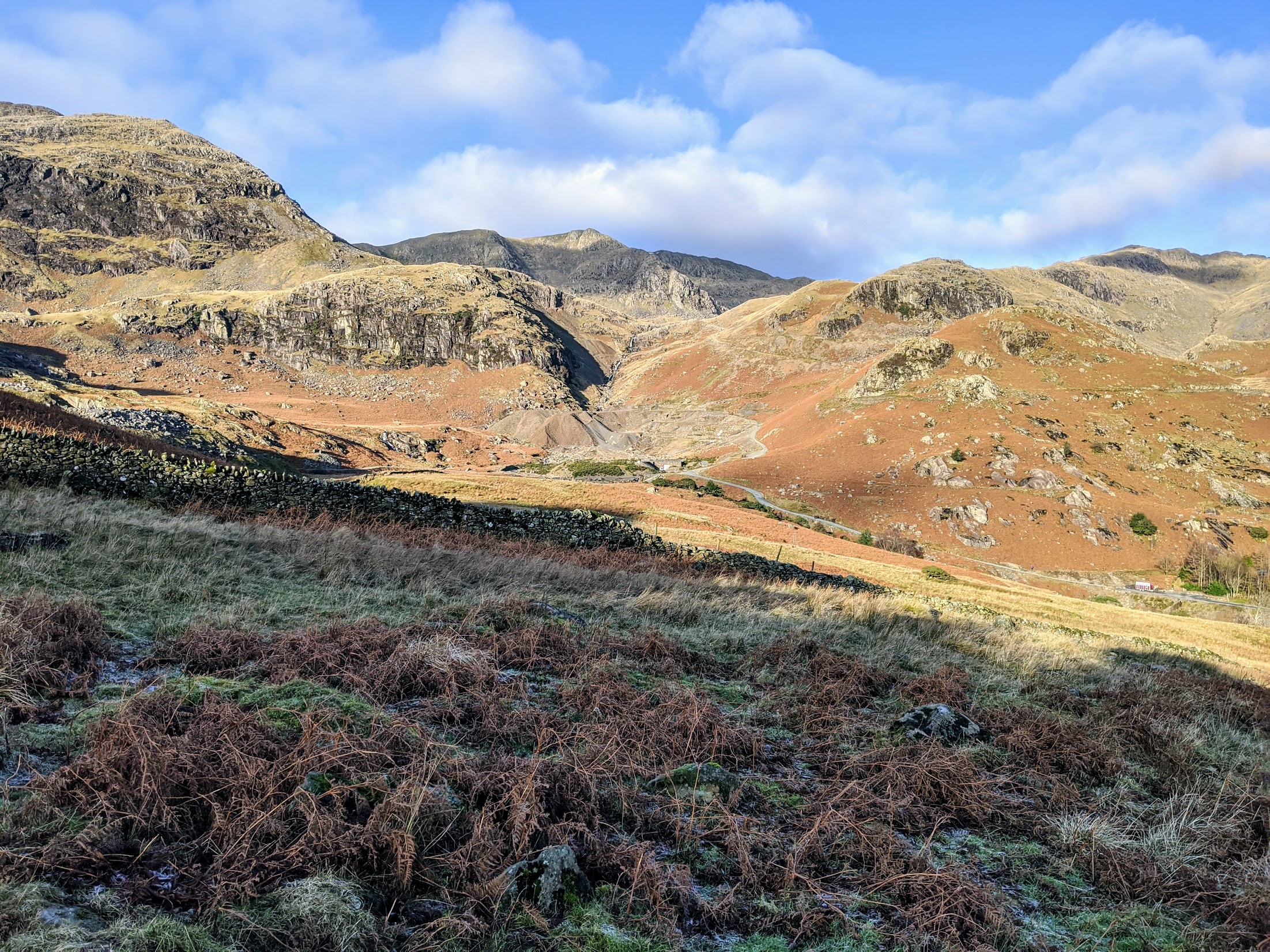
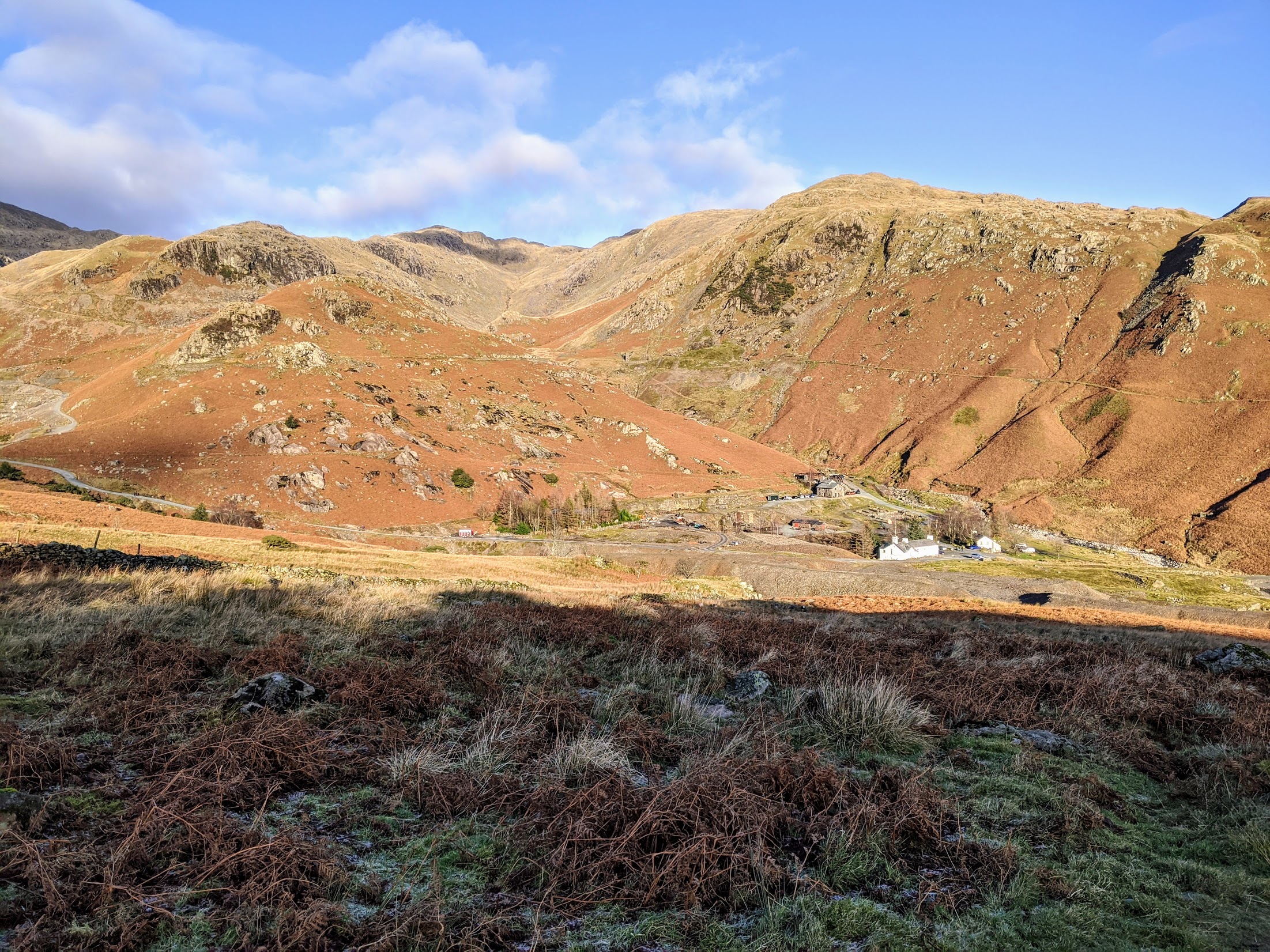
The higher we climbed the more spectacular the views became, and the smaller things were behind us.
All of a sudden we found ourselves at a cross roads whereby we could take right, and face a steady easy route to the top that would take us around five hours – or we could take a left and opt for a harder, but short three hour climb.
We went left.
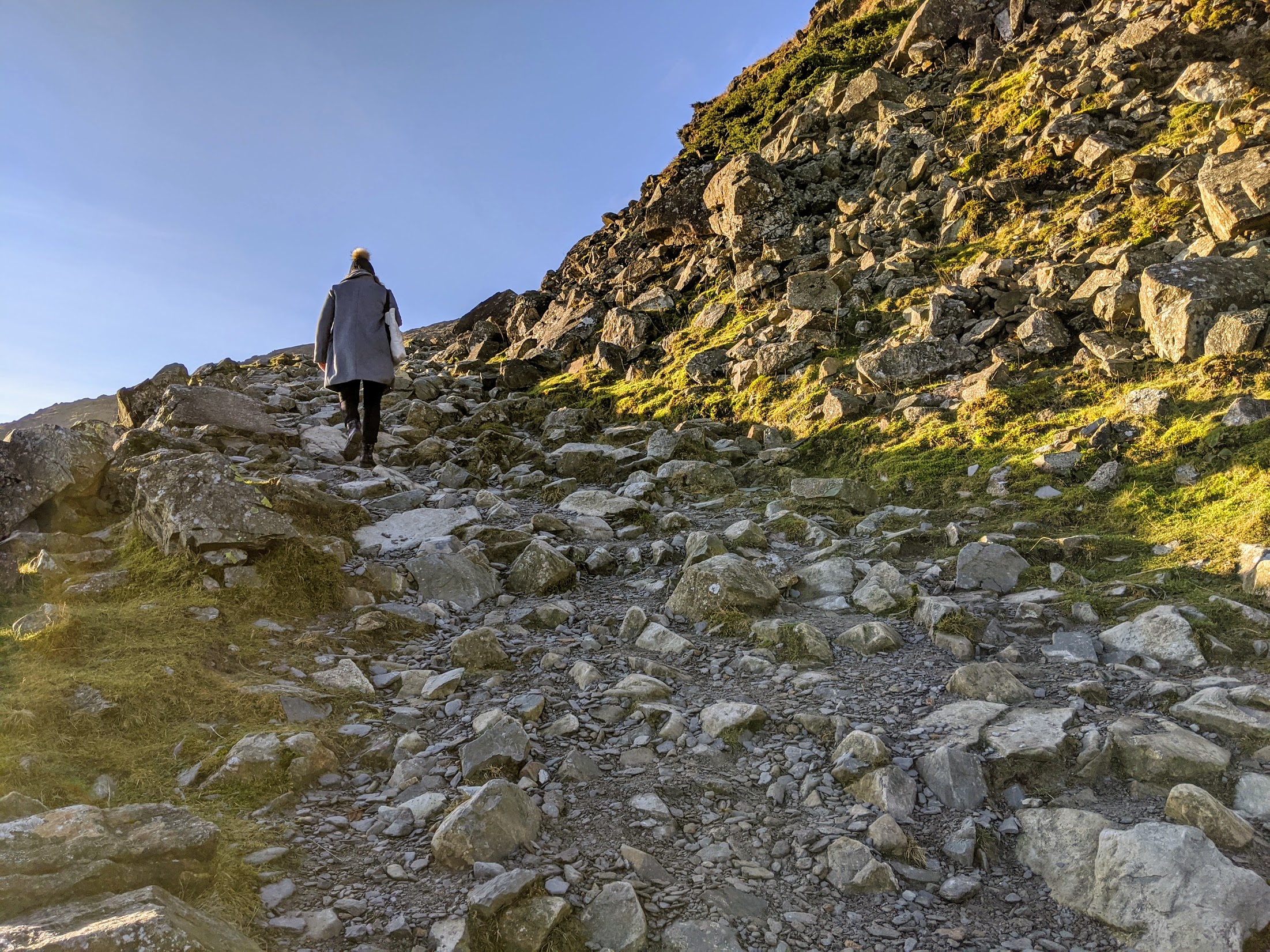

It was no joke at this point, but we kept climbing.
The mines
At a certain point we found a collection of man made structures. They looked like old houses or buildings and research has since revealed that this part of the mountain was used for mining copper, cobalt and nickel during the 19th Century.
The landscape was littered with rusty girders, cogs and cables. We were only climbing the mountain for a day, so we could only imagine just how hard it was to work in those conditions.
On the mountain itself, there’s not a lot to inform you of what happened, so you’re left to your own imagination of life in (probably less than desired) bygone era.

The goats water
Beyond the mines stood the goats water – which is a tarn (mountain lake, pond or pool) which laid flat, like a mirror across the ground.
Looks can be deceiving as this mountain lake is 50 metres deep and is home to fish. The water here runs down the mountain and into Coniston water.
At one point, it was so still that you could suggest that up was down and down was up.

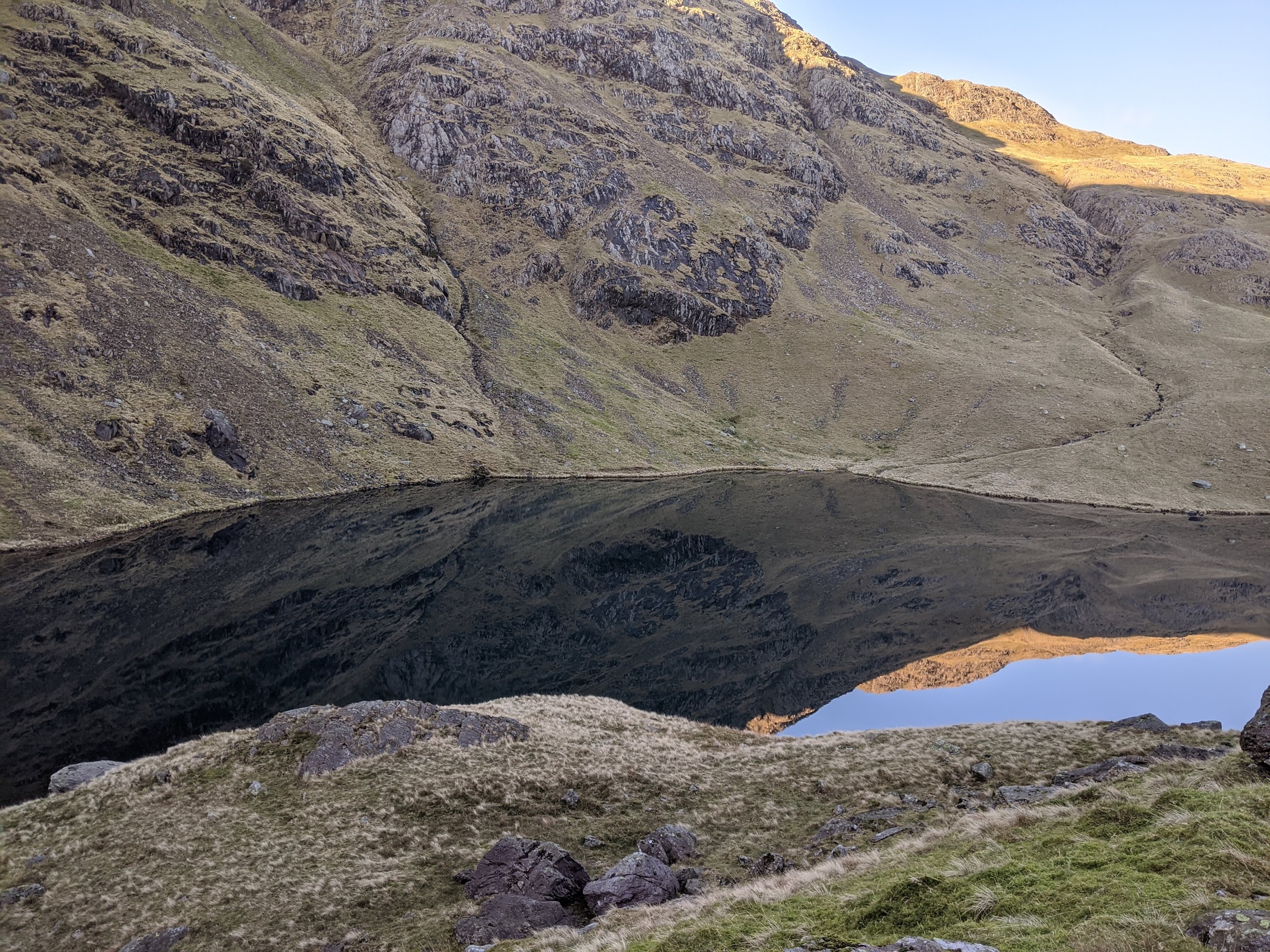

And then we reached the top…
At this point, we were asking passes by, “Is it…(*huff*)..far?” – to which the reply was a very sweaty “…I’m sorry.. I can’t lie to you..”
The incline and the terrain was what made the final leg of the climb challenging. You needed to make sure you had a steady footing against the smooth and frosty slate, and plenty of optimism.
But, oh my was it worth it!
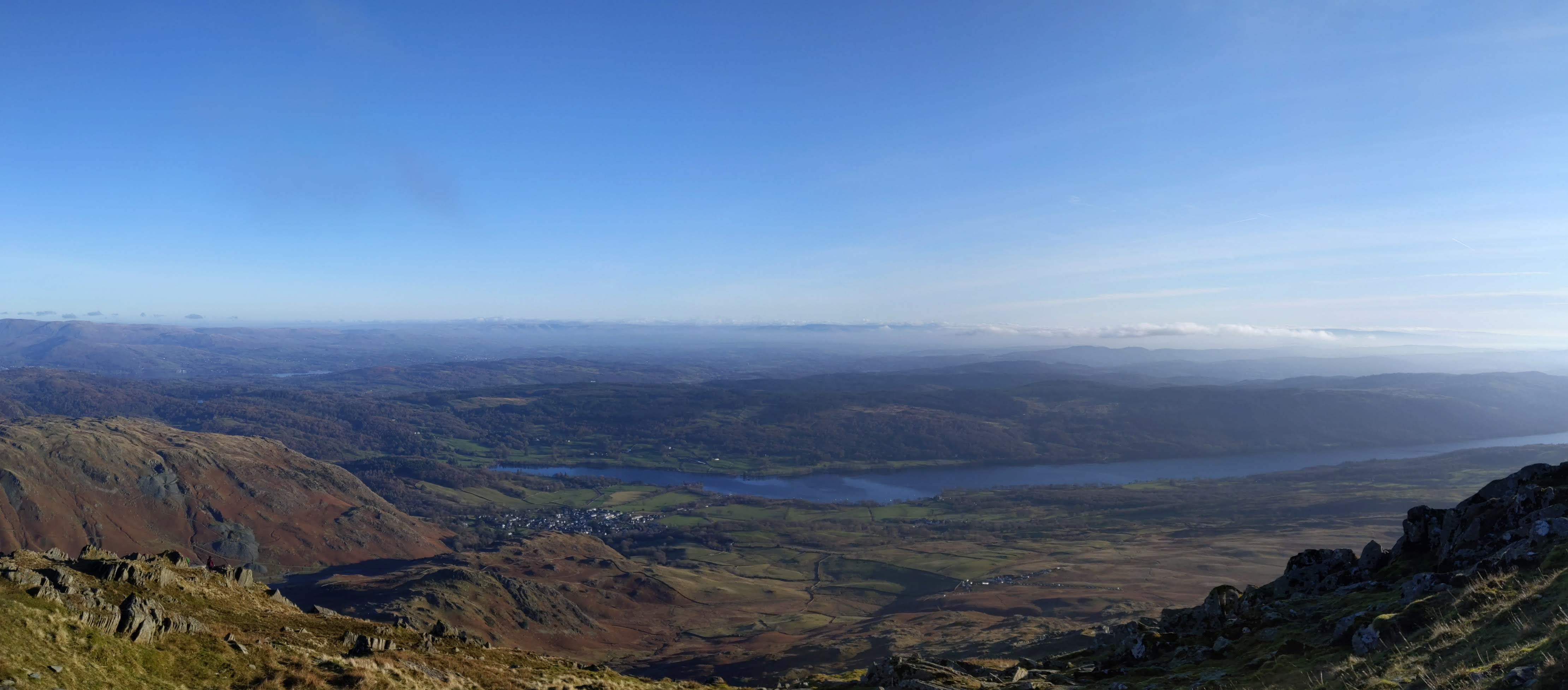

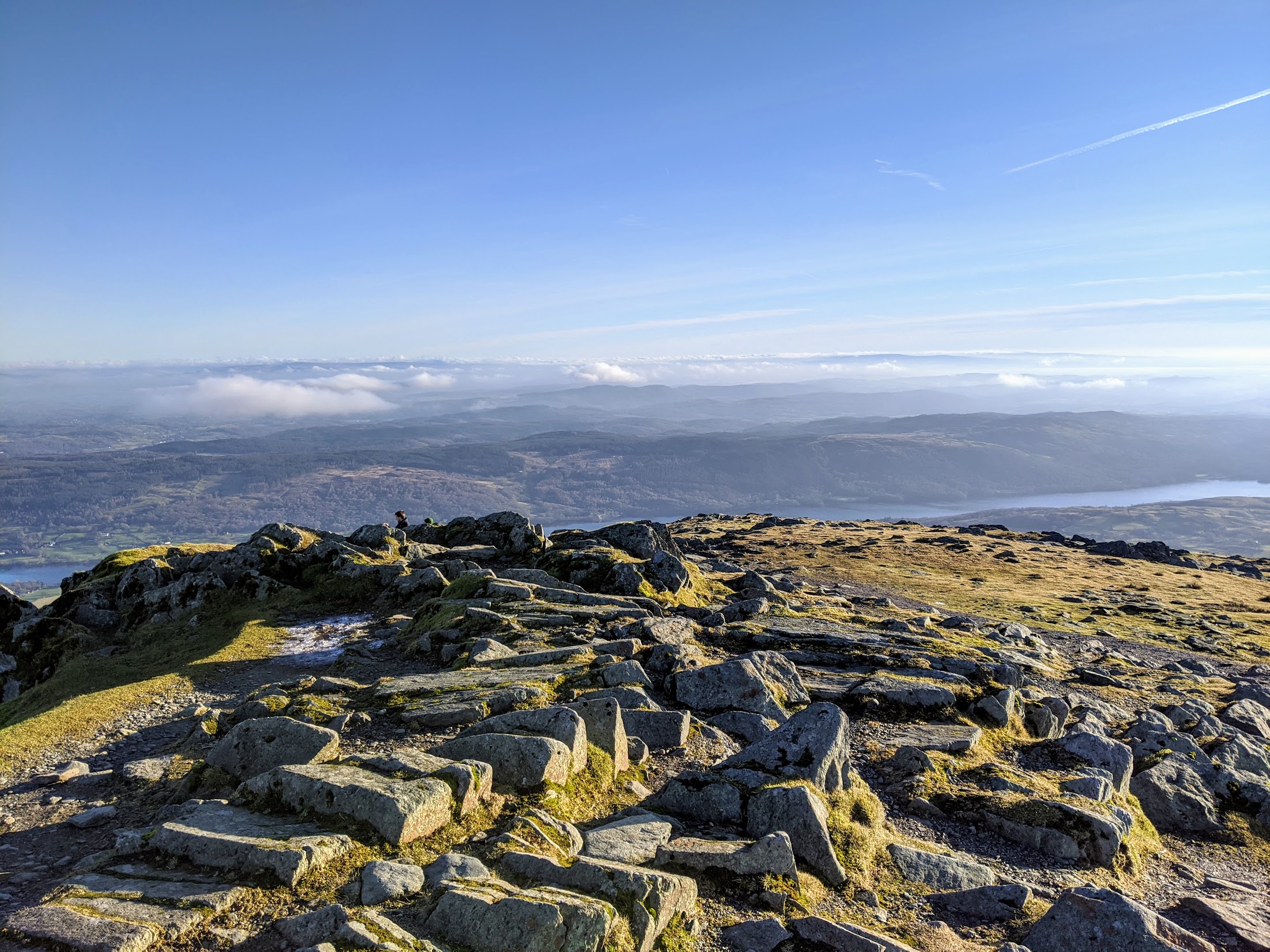


Here’s a video of the whole experience:
Have you climbed the Old Man of Coniston? If yes, I’d love to know of your experience in the comments below.



Leave a Reply